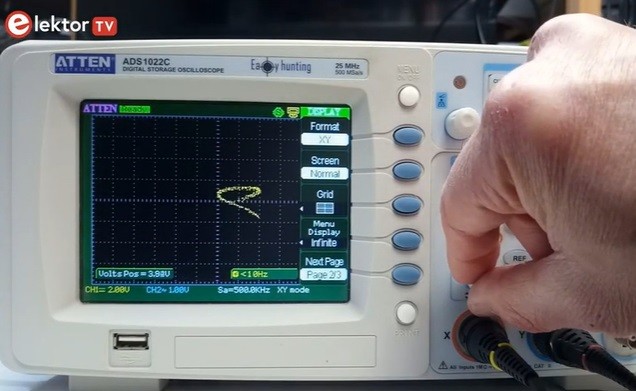How to Choose and Use An Oscilloscope
on
When you have been tinkering with electronics for a while and your projects are getting more serious, chances are that you will need an oscilloscope. An oscilloscope is an instrument that displays the evolution of one or more voltages over time. But how do you choose one? And how do you use one?

Oscilloscopes used to be expensive, but today prices have dropped so much that almost anyone can afford one. For most hobbyist, tinker, and maker applications, a basic instrument is more than good enough. If your thing is Arduino- or Raspberry-Pi-based projects or building and repairing audio amplifiers or musical instruments or guitar effects, there really is no need to invest in a four-channel (or more) device with hundreds of MHz of bandwidth and many gigasamples. A two-channel, 20-to-50-MHz oscilloscope is just fine.
How Do You Use an Oscilloscope?
Of course, you already invested in a multimeter, which is great, but an oscilloscope can do things you cannot do with a multimeter. However, oscilloscopes are much more complex instruments than multimeters. It takes some time and practice to get the most out of them.
In this video we will explain what to look for in an oscilloscope and how to use it.


Discussion (0 comments)